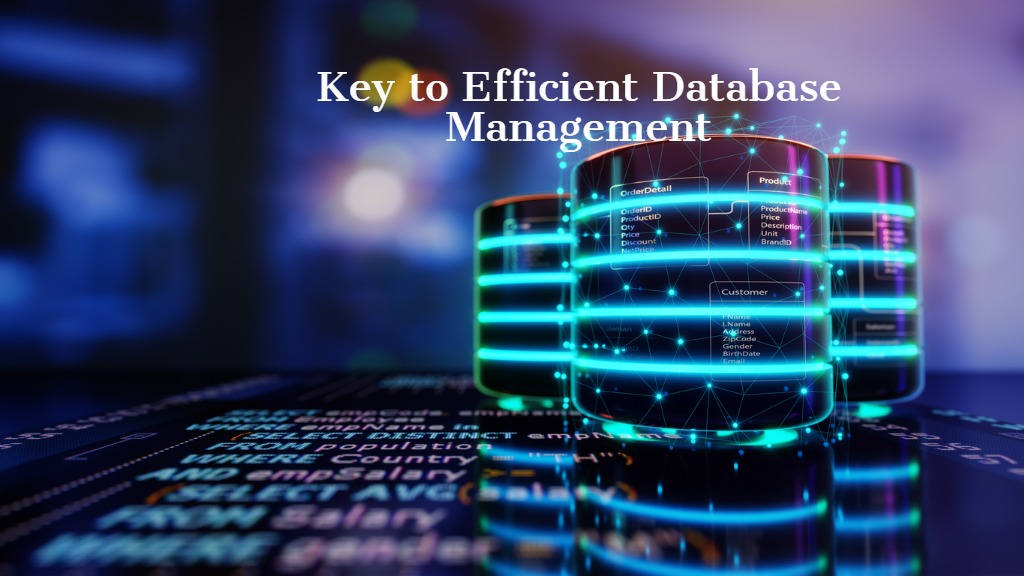3 min read
Mastering Python OOP: Exploring Inheritance, Polymorphism, and Abstraction
Embarking on the Python programming journey is like discovering a new galaxy. It's vast, exciting, and filled with endless possibilities. For those...
2 min read
![]() The Amazing Team at Skills Data Analytics
:
Apr 5, 2024 9:00:00 AM
The Amazing Team at Skills Data Analytics
:
Apr 5, 2024 9:00:00 AM
Visualizations are an essential tool for effectively communicating data insights and patterns. They help to present complex data clearly and concisely. By maximizing the impact of visualizations, you can enhance the understanding and interpretation of your data. This section will cover various techniques and strategies to create visually appealing and informative plots using Python's Matplotlib.
To create effective visualizations, it's important to choose the right type of visualization for your data. This will ensure that the information is presented in the most suitable format. Proper labeling and annotating of your plots is also essential to help the audience understand the data being presented. Utilizing color schemes and palettes can also help highlight important information. Incorporating interactive features is another way to engage the audience and make the data more interesting.
Before diving into the world of Python's Matplotlib, it's important to set up the necessary environment. This section will guide you through the process of installing Matplotlib and its dependencies to ensure a smooth setup. You will learn how to install Python and the required packages, configure the Matplotlib backend and verify the installation while testing basic functionality.
One of the strengths of Matplotlib is its flexibility in customizing plot styles. This section will explore various customization options to make your plots visually appealing and consistent with your desired style. You will learn how to adjust plot colors, markers, and line styles, modify axis labels, titles, and legends, change plot background and grid styles, and create custom stylesheets for consistent plot aesthetics.
Matplotlib offers a wide range of plot types to visualize different types of data. This section will introduce you to various plot types and demonstrate how to choose the most suitable one for your data. You will learn about line plots for continuous data, bar plots for categorical data, scatter plots for exploring relationships, histograms for distribution analysis, box plots for comparing distributions, and heat maps for displaying matrices.
Annotations can provide additional context and insights into your plots. This section will cover techniques to enhance visualizations using annotations in Matplotlib. You will learn how to add text annotations to highlight specific data points, annotate with arrows and lines for emphasis, create annotations with custom shapes and markers, and position annotations intelligently to avoid clutter.
Once you have mastered the basics of Matplotlib, several advanced techniques can take your plots to the next level. This section will explore some of these techniques and demonstrate how to implement them in your visualizations. You will learn how to create subplots and multiple axes, add secondary axes for dual scales, plot with logarithmic scales, incorporate images and colormaps, and animate plots for dynamic visualizations.
For further exploration of data analysis and analytics, check out our bootcamp program on Data Analytics. This program will give you a comprehensive understanding of data analysis and analytics, including hands-on experience with Python, SQL, and data visualization tools.

3 min read
Embarking on the Python programming journey is like discovering a new galaxy. It's vast, exciting, and filled with endless possibilities. For those...

4 min read
Is it worth Getting a Masters in Data Science? The Relevance in the USAIn today's data-driven world, the field of data science has emerged as one of...

2 min read
In the vast universe of SQL database management, stored procedures stand out as powerful tools that encapsulate complex operations, ensuring...